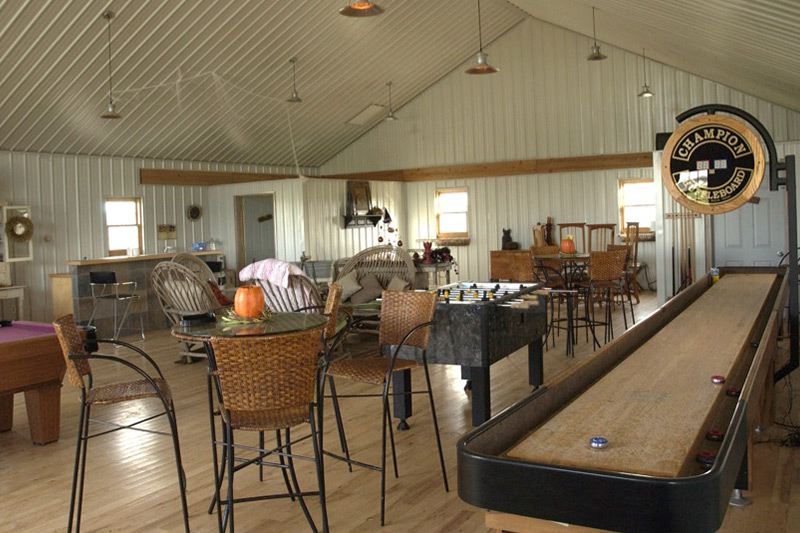
When you imagine a steel or metal building, “warm and cozy” probably aren’t the first words to cross your mind. Many people assume steel buildings aren’t ideal for regions that experience cold winters and that metal structures aren’t insulated well. They think they’re only useful for outdoor facilities like machine sheds or agricultural buildings. These are all common misconceptions.
Steel buildings can be optimal for cold locations. Steel is one of the most durable, stable, and eco-friendly building materials on the market and can effectively keep out the cold. Here are some expert tips for keeping your metal building warm to create a comfortable modern work environment.
How to Keep Your Steel Building Warm in the Winter?
1. Insulation
Some assume steel buildings aren’t well insulated, but metal buildings can be just as energy efficient as other structures. By installing quality insulation, you’ll create a barrier to keep cold air outside and warm air inside in the winter.
Fiberglass (loose-fill) and spray foam are two of the highest quality insulation types. They’re both designed to effectively keep out cold air and moisture and prevent building deterioration. Without quality insulation, your building could rust and become a breeding ground for mold and mildew. Fiberglass insulation is fire resistant, safe, and made from recycled materials. Spray foam insulation provides maximum energy efficiency because it can fill small cracks and holes and fit snugly around sharp corners. Be sure to choose insulation that meets your local building codes and climate zone requirements.
2. Heating System
Every building needs a heat source to stay warm through the winter. Your options will depend on the size of your building and how you use it. To heat a large building or for more temperature control, consider installing a conventional HVAC system. If you have a smaller facility, you can install a forced-air unit or a heat pump. Also consider installing a fireplace or wood-burning stove to pump extra heat into your space without hiking your energy bills.
3. Layout and Location
When you build your steel structure, be mindful of its layout and location. Higher ceilings are less energy efficient since heat naturally rises. Will you design your layout with several separate spaces or a large room for more of an open concept? Smaller areas are easier to heat than more expansive ones.
When you pick a location, think about how the sun will hit your building throughout the day. Take advantage of the sun’s natural heat in the winter by positioning your structure strategically. Consider adding windows or skylights on the south side of your building so natural sunlight can stream inside to warm and brighten your space, making the coldest winter days feel warmer.
4. Weatherproofing
In addition to insulation, you can make your steel building more energy efficient by weatherproofing windows and doors. If you have an older commercial building, it’s smart to seal windows for wintertime to keep cold air from leaking through cracks. On doors and around windows, install quality weatherstripping to keep out cold air and moisture. To seal other cracks and air leaks throughout your facility, use spray foam insulation to fill hard-to-reach places.
Since steel is inherently waterproof and tougher than wood, it’s ideal for areas that experience heavy snowfall in the winter. Steel can withstand heavy snow loads without weathering or damage. To learn more about the benefits of steel and other building materials for offices and commercial spaces, subscribe to the Pro-Line Building Blog.

.svg)